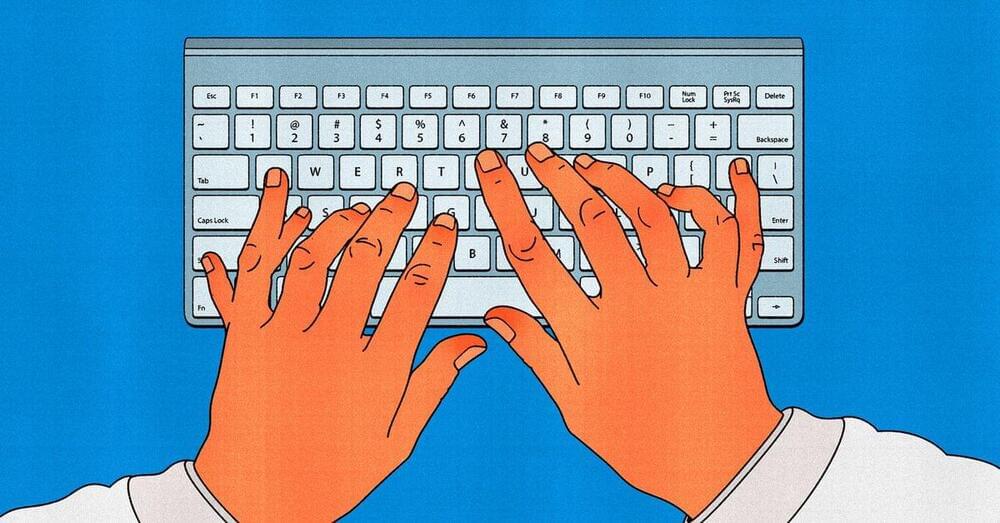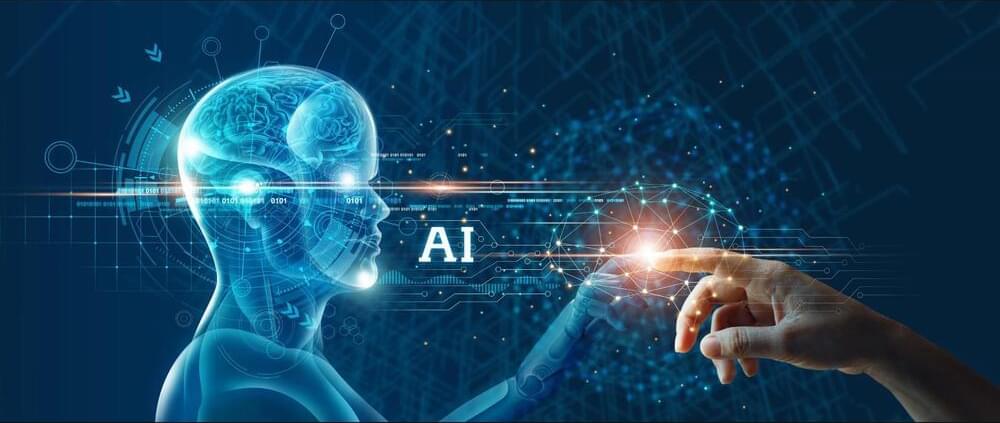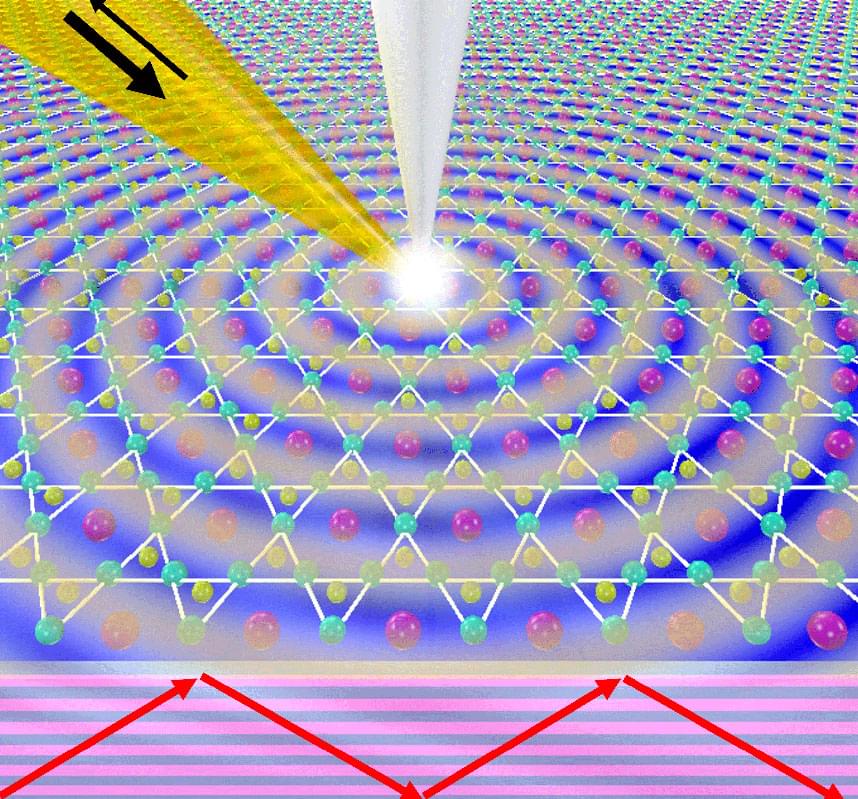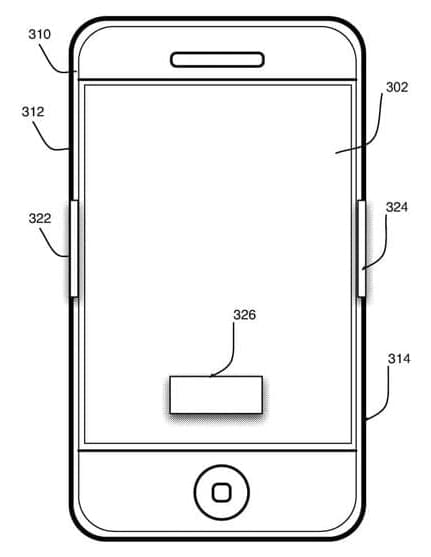On Meta’s Wednesday earnings call, CFO Susan Li reiterated to investors that financial returns from its recent AI investments will “come in over a longer period of time.” Zuckerberg was direct about why Meta is spending billions on Nvidia hardware and the other infrastructure ahead of these future returns: “It’s hard to predict how this will trend multiple generations into the future, but at this point, I’d rather risk building capacity before it is needed rather than too late.”
He again telegraphed that the Meta AI assistant is on track to be the most used in the world before the end of the year. While he touted that generative AI features “are things that I think will increase engagement in our products,” he said the real revenue will come from business use cases, like AI creating ads from scratch and letting businesses operate their own AI agents in WhatsApp for customer service.








